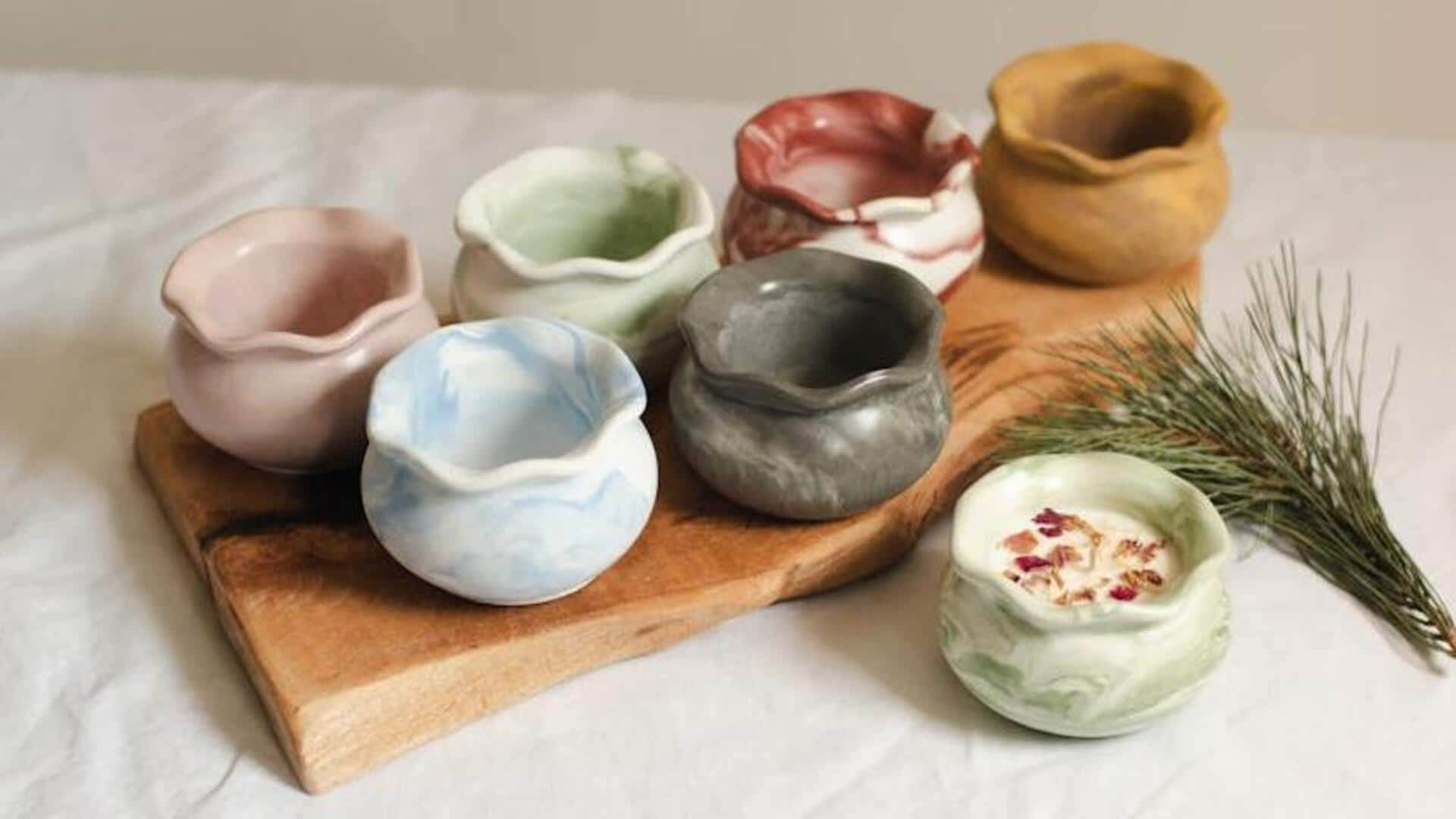
Exploring the world of ceramic pottery art
What's the story
Ceramic pottery art is the act of creating objects by shaping clay and then hardening them with heat. It includes various techniques and styles, suitable for beginners and more advanced artists. This article explores the fundamentals of ceramic pottery, providing a glimpse into its history, techniques, materials, and the therapeutic benefits it holds.
History
History and evolution of ceramic art
Ceramic pottery is among humanity's most ancient crafts, spanning tens of thousands of years. While its initial use was practical, for storing food and water, over time it became a form of art. Different ancient civilizations around the world established their distinct styles and techniques, many of which still inspire modern artists today.
Techniques
Basic techniques in pottery
In the world of ceramic pottery, there are three main techniques: hand-building, wheel-throwing, and slip casting. Hand-building involves molding clay using your hands and tools. Wheel-throwing utilizes a potter's wheel to create symmetrical pieces. Slip casting involves pouring liquid clay into molds to achieve specific shapes. Each method provides a unique pathway for creativity and expression.
Materials
Choosing the right clay and tools
Choosing the right clay is key in pottery. You can pick from earthenware, stoneware, and porcelain; each has a unique texture, color after firing, and ideal firing temperature. Essential tools include rolling pins for flattening clay, rib tools for shaping, wire cutters for slicing, kilns for firing, and glazes for adding color or making your creations waterproof.
Therapy
Therapeutic benefits of pottery making
Practicing ceramic pottery has therapeutic advantages such as stress relief, increased concentration, creativity, and fine motor skill development. The act of shaping clay with your hands offers a unique form of self-expression and a sense of achievement. People often describe this as a meditative experience, a welcome escape from the worries of everyday life.